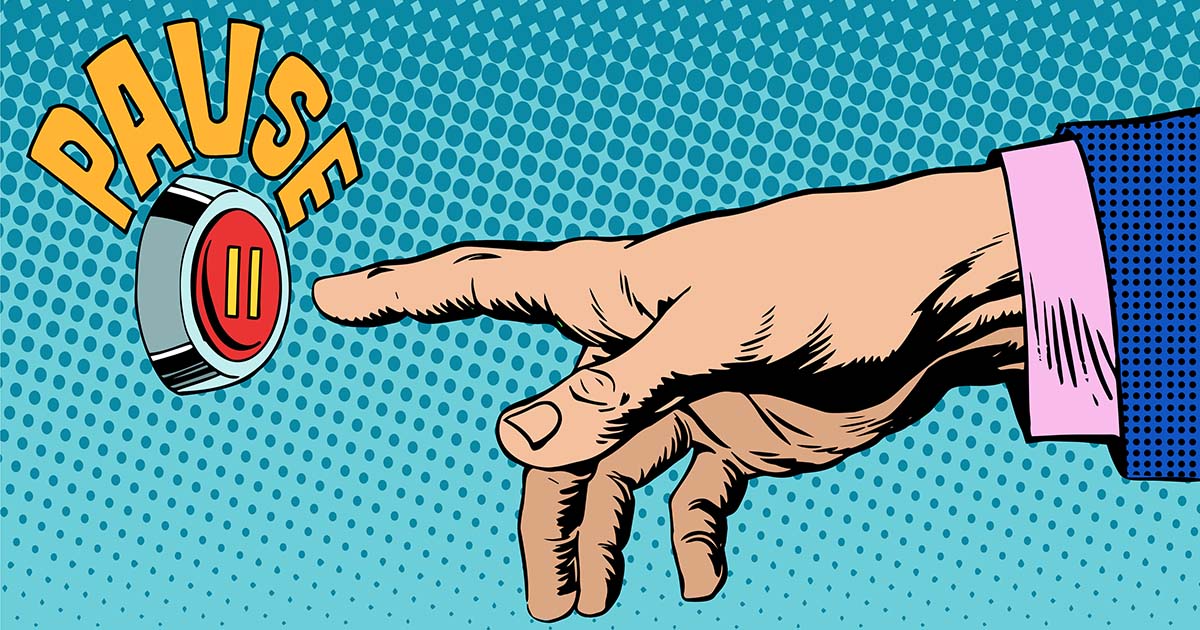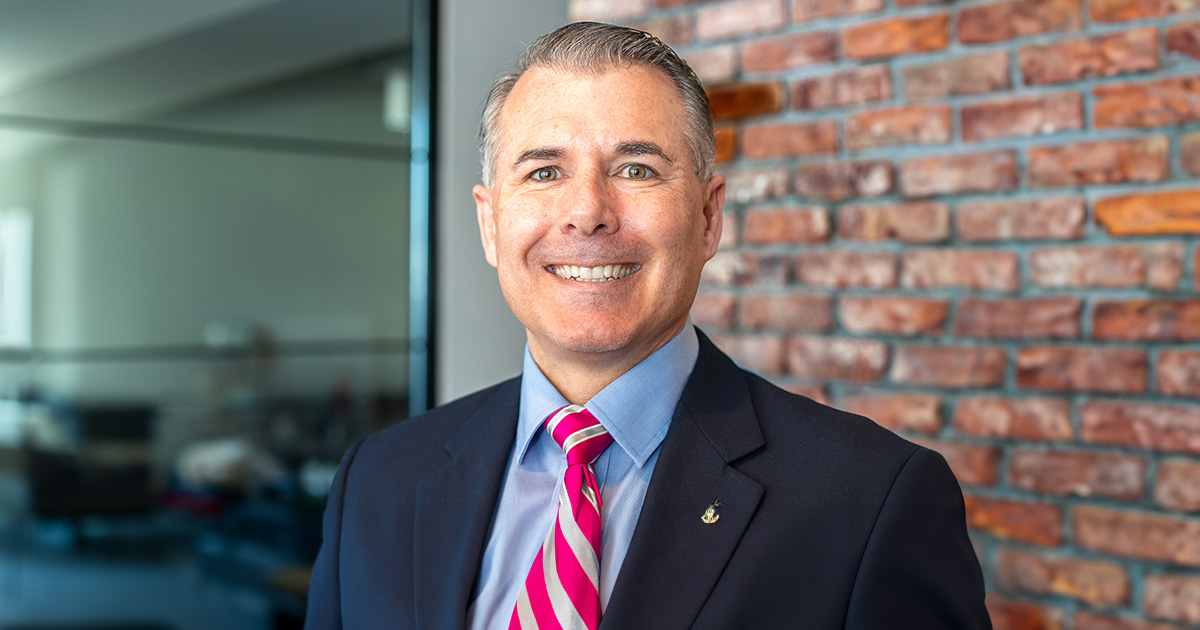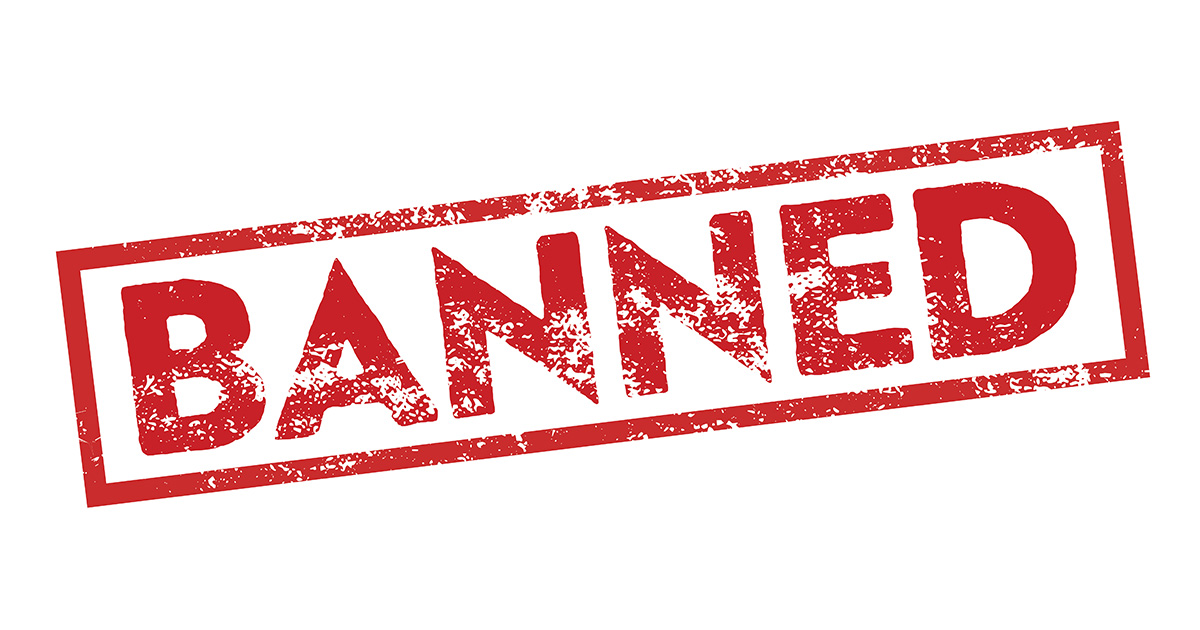PRELIMINARY SITE INVESTIGATION AND CHARACTERIZATION EFFORTS CAN COST A LOT OF MONEY AND TAKE SEVERAL MONTHS TO COMPLETE. HOWEVER, IT’S STILL COMMON FOR DRY CLEANERS TO FEEL LIKE THINGS ARE MOVING TOO FAST, ESPECIALLY IF THEY HAVEN’T YET FULLY GRASPED THE SCIENTIFIC BASIS OF WHAT IS HAPPENING.
BY: JEFF CARNAHAN
We talk a lot about environmental investigations and the types of important decisions that dry cleaners need to make during the environmental cleanup process. Some dry cleaners have dealt with the environmental investigation and remediation process before, and others haven’t had to deal with it up to this point. For those of you who haven’t yet become a reluctant expert in the field, it’s helpful to consider some entry-level investigation concepts.
UNDERSTANDING THE ENVIRONMENTAL INVESTIGATION PROCESS IN 3 STEPS
In recent articles, we’ve discussed the difference between Phase I and Phase II investigations, and that they are a part of a systematic approach to determining if the potential exists for environmental contamination during a commercial real estate property transaction.
Key terms:
-
- A Phase I Environmental Site Assessment (ESA) is the due diligence evaluation that addresses the past land uses of a property or group of properties and identifies the potential for environmental concerns to be present.
- A Phase II ESA generally includes an initial or preliminary subsurface investigation, with sample collection, to determine whether or not the soil, soil gas or groundwater beneath the subject site is contaminated with metals, petroleum hydrocarbons, chlorinated solvents or other chemicals of concern, based on the past land uses identified in the Phase I.
- A Nature and Extent (N&E) Investigation is performed if, during the Phase II ESA, contamination is detected in soil, soil gas or groundwater samples. When a regulatory agency conducting oversight (for example, the Regional Water Quality Control Board, the California Department of Toxic Substances, or local county agencies) requires the responsible party to fully remediate the contamination, they will first require that the responsible party get their arms around the magnitude of the problem in its entirety.
For dry cleaning sites, defining the Nature and Extent of the contamination is often tackled in a series of several steps.
STEP 1: Determine how far the contamination has spread away from the likely source area(s) laterally. Source areas are the location(s) where dry cleaning solvents first entered the subsurface. We commonly see that these source areas are the location of the existing and former dry cleaning machines, the waste storage areas, and the sewer system, but can also include storm drain systems, delivery bays or roof downspouts.
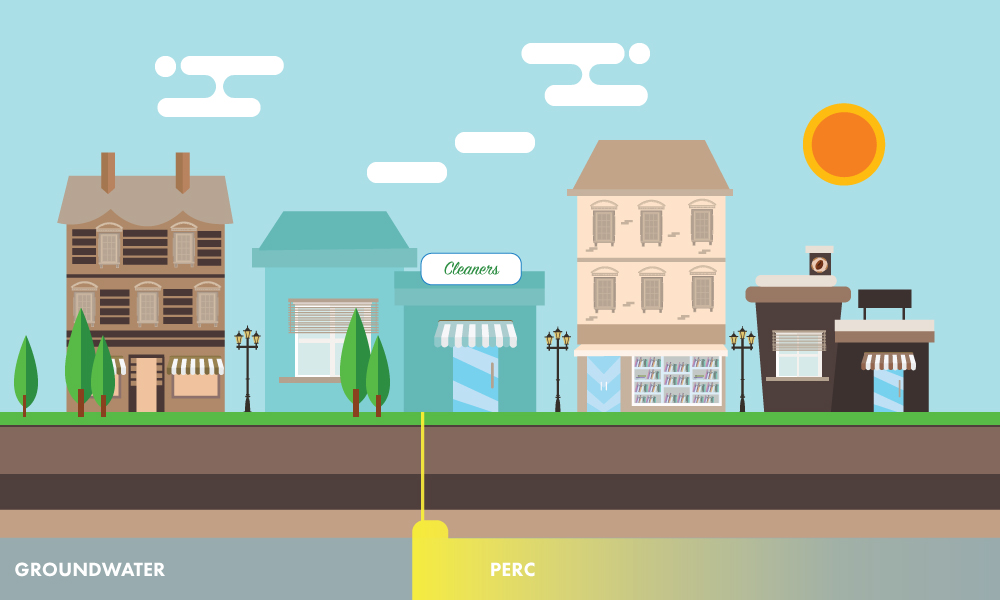
The thing to remember about source areas at dry cleaning facilities is that the area where the release to the soil and groundwater occurred can be relatively small as compared to the size of contamination plume overall. This can make finding the source difficult. If you’ve hired an experienced consultant using the tips I gave you in last month’s “5 Considerations When Selecting an Environmental Consultant” article, you have a better chance of success in this effort.
STEP 2: Determine how deep the contamination has migrated. In cases where the groundwater table is very deep, the contamination found in the soil may not have reached that far down. If that is the case, consider yourself lucky because once a chlorinated solvent plume reaches the groundwater it can migrate pretty far away from the source.
Let’s talk about how groundwater plumes move. Sometimes when I teach people about the presence of groundwater and how it moves in the subsurface, they get a vision of an underground lake or river. That’s not it at all. Probably the best way to imagine groundwater is by visualizing a bucket of dry sand. That sand represents the subsurface geologic materials (rocks, sediments) beneath your dry cleaner.
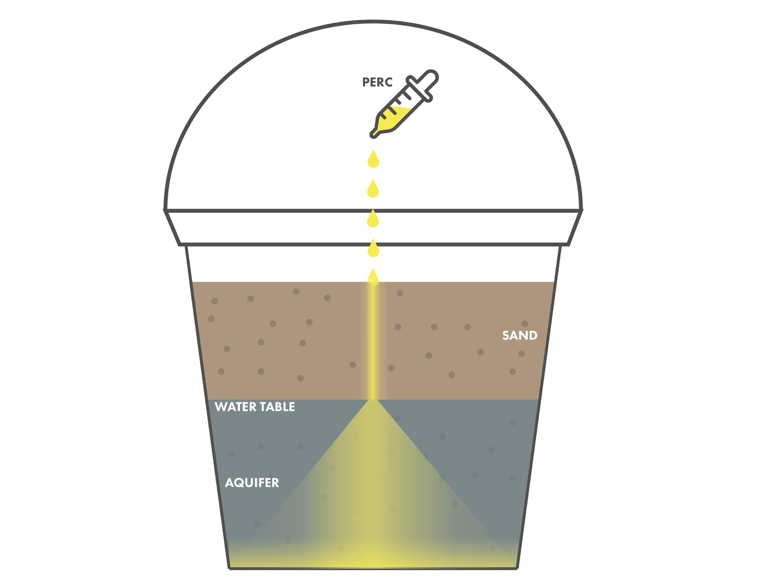
Now, if you fill that bucket half-way with water, the portion of the sand that is saturated with water is equivalent to the “aquifer”, and the top of the saturated part of the sand is the “water table”. You can imagine that if a very small quantity of perc is dropped at the very top of the bucket of sand, it would quickly be absorbed by the dry sand and none of it would reach the water table below. If that small drop of perc is repeated time and time again, a larger portion of the dry sand would contain perc until at some point the perc would saturate a common pathway to reach the depth of the water table in the bucket. This is how many releases of perc can eventually reach the groundwater beneath a dry cleaner.
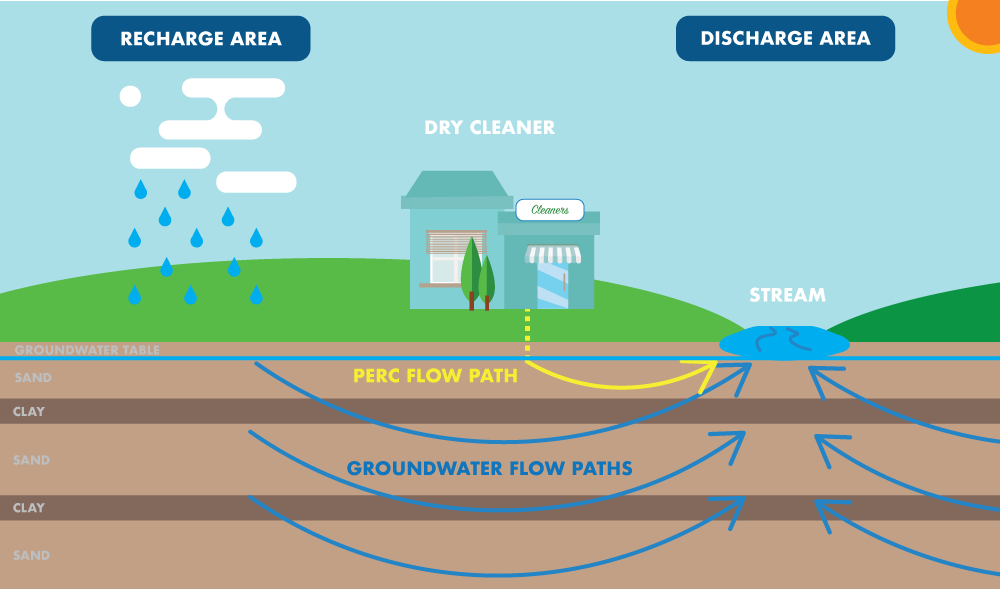
If perc contamination has actually reached the groundwater, it will start to move along with the subsurface groundwater and will migrate at a rate that can be calculated. It is interesting to consider how and why groundwater moves. Conceptually, consider that groundwater moves away from areas where the aquifer is “recharged”, or takes on water, and toward areas where the aquifer “discharges” or loses water.
A simple way to demonstrate this is by visualizing a grassy field where rainwater seeps into the soil and adds water to the groundwater aquifer. This is a recharge zone. A common discharge zone is a stream some distance away, at a lower elevation, that receives a portion of its water from the groundwater table. So, in this scenario, groundwater would flow from the grassy field toward the stream. If a dry cleaner site has released PERC into the soil near the grassy field and the contamination plume makes its way down to the depth of the groundwater table, the perc could migrate to the stream as well. It’s certainly not a fast process, but since most dry cleaner releases are decades old, it’s possible. That is why environmental consulting firms hire licensed professional geologists and engineers who understand these types of processes.
STEP 3: If groundwater samples need to be collected, the cost-effective approach is to first collect “grab” samples. Grab samples are samples collected one time and at specific locations and depths. They provide an inexpensive snapshot of the groundwater quality. Grab samples are typically collected through a steel rod that has been advanced from a drilling rig or percussion drilling device. It is necessary to also collect appropriate quality control samples during the sampling activities.
The sampling locations and sample results for both soil gas and groundwater samples are then placed on a map as shown in Figure 1 (below) and on a cross-sectional diagram, as shown in Figure 2 (below).

The cross-section (Figure 2) actually gives you a picture of the geological layers beneath the property and how far the contamination has spread laterally and vertically. If you haven’t yet had any exposure to the environmental investigation process, this is how your consultant will communicate the information to you and the regulators.

If groundwater has been impacted, you will be required to install permanent monitoring wells, from which groundwater samples can be collected over the course of a year or two to get a better understanding of the groundwater quality. Groundwater levels, or the depth of the groundwater table in each well, are also collected to determine the groundwater flow direction. Depending on how much rain is received during the measurement interval, the depth of the groundwater table moves up or down. Tests can also be conducted using the monitoring wells to develop an understanding of the hydraulic conductivity of the water-bearing unit. These results assist in determining the groundwater velocity and how fast the contaminated groundwater moves over time. While it may not be necessary to have the site fully characterized before implementing remedial activities, it is common to need these types of site characterization tests to design the appropriate remediation plan.
NEXT STEPS FOR YOUR ENVIRONMENTAL INVESTIGATION
These preliminary site investigation and characterization efforts can cost a lot of money and take several months to complete, not including long-term stewardship monitoring. It is not uncommon, however, for the responsible party to feel like things are happening way too fast, especially if they haven’t yet fully grasped the scientific basis of what is happening.
I hope my 101 on environmental investigations is helpful for current or future investigations. As always, don’t hesitate to contact me if you’d like to discuss your unique situation and circumstances. I can be reached at jcarnahan@enviroforensics.com or (866) 888-7911.
As seen in Cleaner & Launderer
 Jeff Carnahan, LPG, has 20+ years of environmental consulting and remediation experience. His technical expertise focuses on the investigation and interpretation of subsurface releases of hazardous substances for the purpose of evaluating and controlling the risk and cost implications. He has focused on being a partner with the dry cleaning industry for the past decade, and he’s a frequent contributor to the national dry cleaning publication Cleaner & Launderer. He is an industry leader in understanding that environmental risk includes not only cleanup costs, but also known and unknown third-party liability.
Jeff Carnahan, LPG, has 20+ years of environmental consulting and remediation experience. His technical expertise focuses on the investigation and interpretation of subsurface releases of hazardous substances for the purpose of evaluating and controlling the risk and cost implications. He has focused on being a partner with the dry cleaning industry for the past decade, and he’s a frequent contributor to the national dry cleaning publication Cleaner & Launderer. He is an industry leader in understanding that environmental risk includes not only cleanup costs, but also known and unknown third-party liability.

